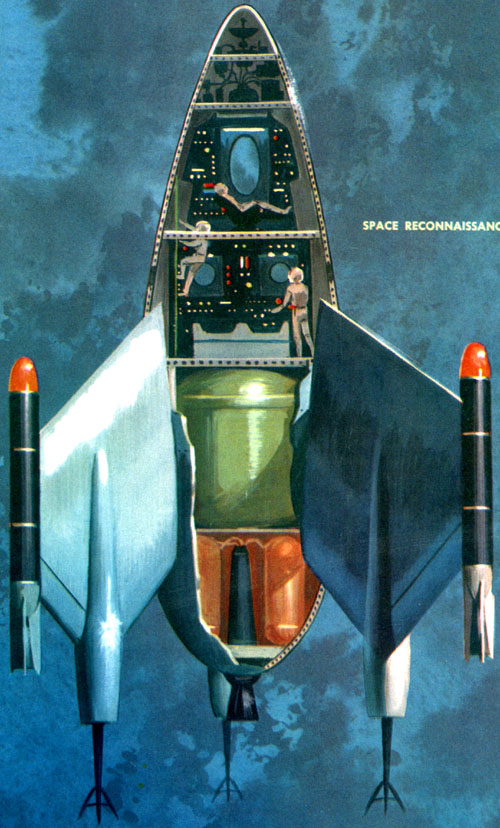This is a interesting idea I had been kicking around for a week, That how would the Tech change if Gravitics didn't exist, or if it was limited to working as artificial gravity (Diminishing returns making large systems to pull ships impractical, Only being able to pull {the tech only amplifies the force of gravity it is throwing around, can't reverse it})
Obviously Grav Vehicles and Grav Based M-Drives wouldn't Work. I figure that The Ships could be powered by Ion (or a subset of them, I personally have a preference for the VASIMR Style Engines for it) drives in space and have Reaction Drives for landing on planets. The Air/Raft could be replaced with a small shuttle. Maybe it could be a Hovercraft instead of using Gravity. Wouldn't be able to go into orbit though...
I figure Battle Dress Might have to changed a bit (Tank Level Protection becomes impractical at Tank Level Weight). Fusion Reactors may be bigger if Grav tech isn't there to make them teeny to fit on a Scout Ship. I'm not sure how bigger it might go though. 20%, 50%, 200%? Might be able to explain it as magnetic and superconductor tech got more research since it was needed more for the Power Systems.
So. What else might have to be changed for a Setting like that?
Obviously Grav Vehicles and Grav Based M-Drives wouldn't Work. I figure that The Ships could be powered by Ion (or a subset of them, I personally have a preference for the VASIMR Style Engines for it) drives in space and have Reaction Drives for landing on planets. The Air/Raft could be replaced with a small shuttle. Maybe it could be a Hovercraft instead of using Gravity. Wouldn't be able to go into orbit though...
I figure Battle Dress Might have to changed a bit (Tank Level Protection becomes impractical at Tank Level Weight). Fusion Reactors may be bigger if Grav tech isn't there to make them teeny to fit on a Scout Ship. I'm not sure how bigger it might go though. 20%, 50%, 200%? Might be able to explain it as magnetic and superconductor tech got more research since it was needed more for the Power Systems.
So. What else might have to be changed for a Setting like that?


